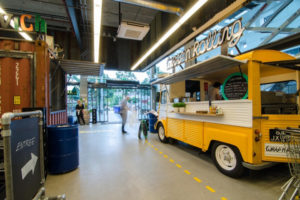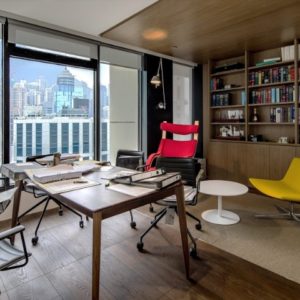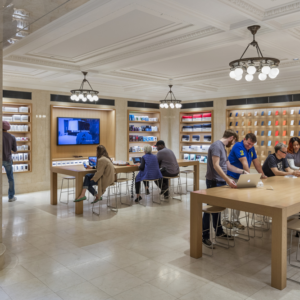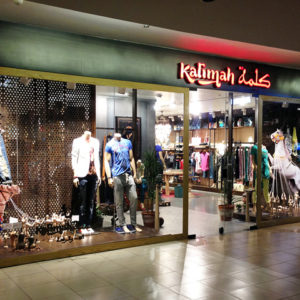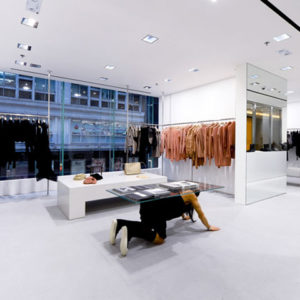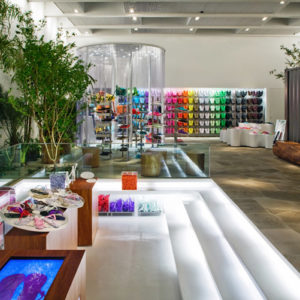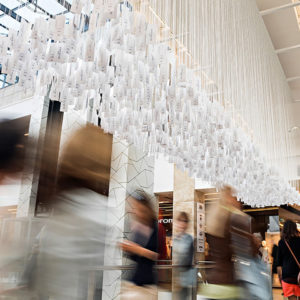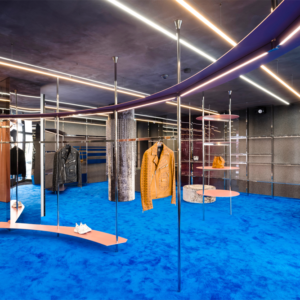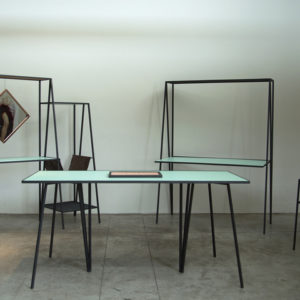
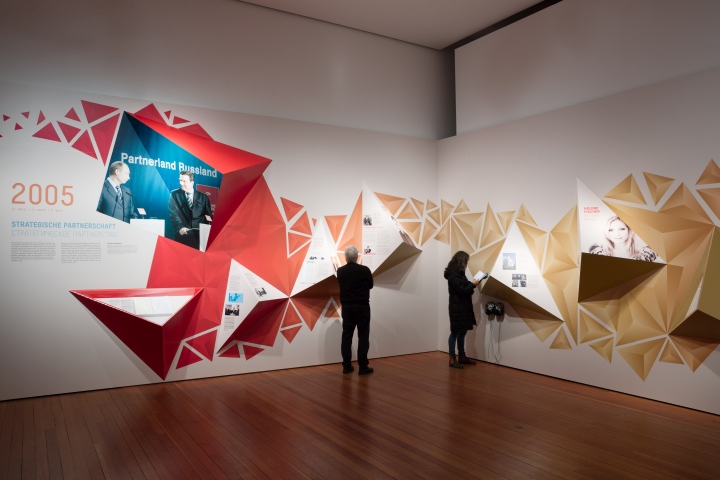

On the occasion of the 70th anniversary of the end of World War II the temporary exhibition offers an insight into German-Russian relations since 1945. The exhibition takes a fragmentary approach to the topic. Single events that have entered the collective memory of Germans and Russians are defined as waymarks and are highlighted. The design roots in a wall graphic made of triangular surfaces which symbolize the many events of the rapprochement process between the two countries.

The graphic expands in waves on the wall, avoiding a sense of linearity or continuity. Significant events arise from the wall graphic as three- dimensional shapes. As in a seismic wave, the waymark protrudes as a large tetrahedron, while following events, like the aftershocks, become gradually smaller. The three- dimensional shapes serve to present information, exhibits and media content. Selected biographies are presented on individual modules, with large-scale portraits on the back surface. The color scheme changing from red to orange and yellow tones emphasizes the effect of the decreasing reverberation.
Design: büroberlin / Ruth Schroers / Julia Neubauer / Graphic design: Little Adén / multimedia design: schnellebuntebilder / lighting design: Michael Flegel
Photography: Thomas Bruns

About büroberlin
büroberlin was founded in 2008 by Ruth Schroers and Julia Neubauer, and has completed a wide range of projects in the fields of architecture, interior and exhibition design. büroberlin develops a specific concept for each commission and we consciously avoid a defined aesthetic or signature style in order to include all possibilities in the design process. We view the engagement with our clients’ requirements as an enrichment and an important source of inspiration. In constant dialogue with the curators, we give shape to their concepts and transform them into spaces, making the exhibition topic physically tangible for the visitor. Our constant attention to detail and our close collaboration with professional consultants are key means of developing the quality of our exhibition designs.



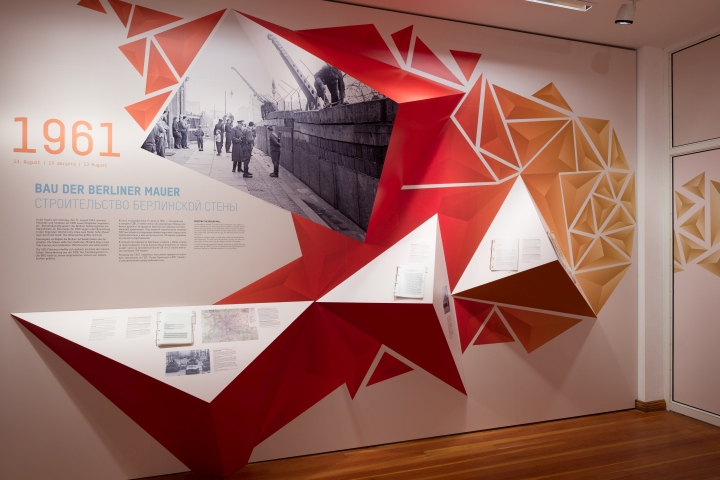


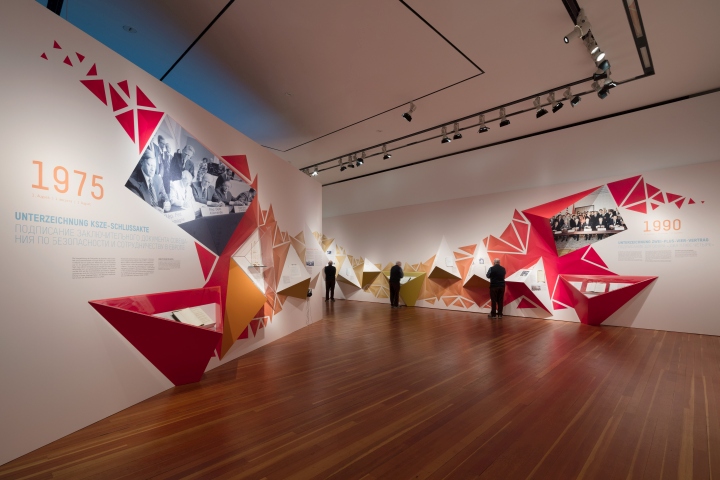





























Add to collection
